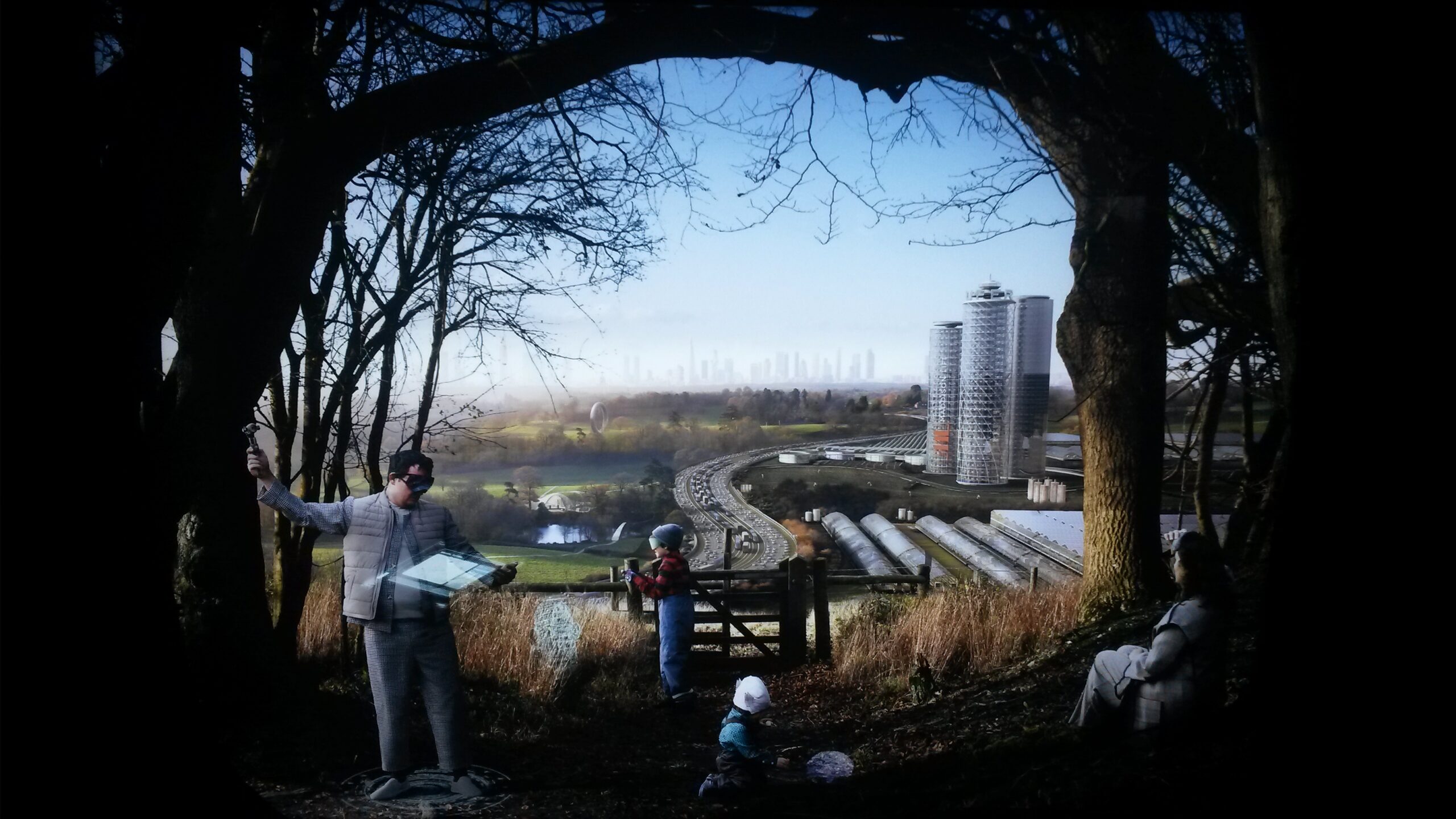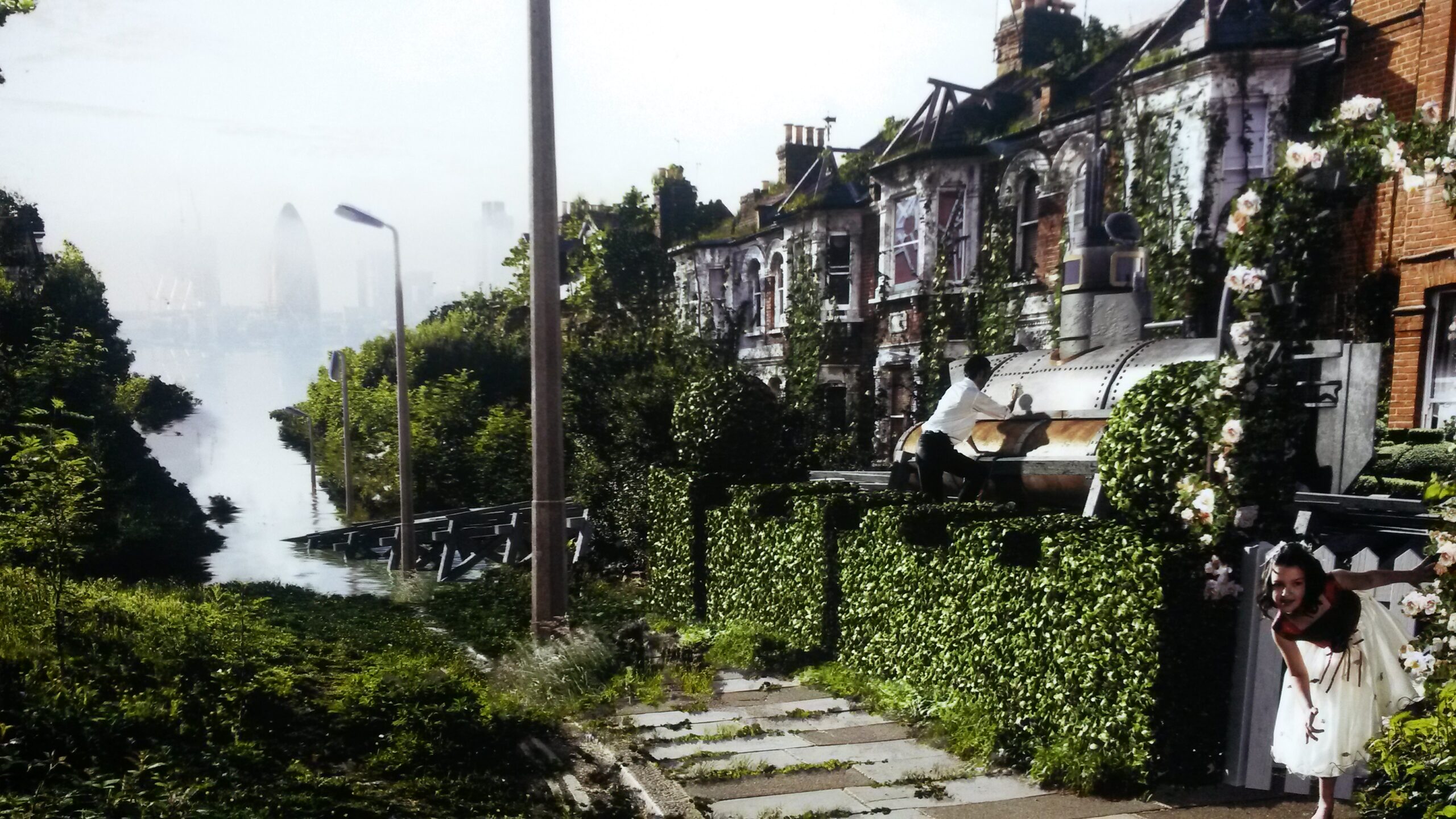What counts as a green recovery? The economic stimulus packeges are an opportunity to invest in a more sustainable future but governments need to recognise the importance of biodiversity loss alongside climate change to create a broader green and inclusive recovery. Minna Hartikainen discusses what is needed to build greener futures.

Building back – or forward?
The UK government has committed to reaching net zero carbon emissions by 2050 and leaving the natural environment in a better state than it found it. The massive public spending needed to recover from the current health and economic crises is an opportunity to pursue these goals by investing in a more sustainable, green economy. However, in recent months we have seen both positive and negative environmental measures from the government. Until recently, its US$626 billion stimulus measures had included both US$2,2 billion bailouts to airlines as well as US$2,5 investment in public infrastructure for cycling and walking. Against that backdrop, the £80 million Green Recovery Challenge Fund for conservation and restoration or £160 million for wind farms pale in comparison.
So what counts as a green recovery? Overall UK green spending remains much smaller than the large spending commitments made by Germany or the EU. Yet the UK is one of few countries with recovery packages producing net environmental benefits. The Prime Minister has introduced a plan for a green industrial revolution with “major investment into industries, innovation and infrastructure”, although so far investment in nature’s recovery in particular has been small in comparison with the scale of the challenge. Ultimately nature is key to a green recovery and we need healthy ecosystems to build environmental, health and economic resilience.

What does green look like?
When we talk about green, we often mean something that is transparent: low carbon housing, transport and energy. Yet most people associate green with woodlands, meadows, gardens and coastal paths. A lot of the nature around us is blue. Even if green can mean anything from urban green walls to renewable energy at the farm, it most definitely means nature and green and blue spaces too. Wherever we live, most people want to walk outside and connect with nature. For many, nature and parks have helped us get through the pandemic.
For governments, a green recovery can mean many things: decarbonising energy, housing and transport, investing in green projects and jobs, or moving towards a more circular economy. However, for environmental organisations it often means more. Without protecting meadows, wetlands, woodlands, urban parks, birds in the trees, fish in the sea and hedgehogs in the hedges the world will soon not look green at all. Therefore, governments need to recognise the importance of biodiversity loss alongside climate change to create a broader green and inclusive recovery.
Green and pleasant cities
Recently the UN Environment Programme announced that the fight for a green recovery will be won or lost in cities. It could be argued that a lot lies in the hands of farmers, since over 70% of UK land is used for agriculture. However, most people live in cities and our lifestyle choices determine how land is used across the country. We need cities to decarbonise our economy – housing, transport, energy, finance and jobs – and to make space for nature. If we strive to live in harmony with nature, we need to allow nature to enter our cities too. Nature needs to be easily accessible to benefit all people.
Last summer Boris Johnson bemoaned “newt counting delays” in an infamous speech, which chimed more with think thanks than independent reviews of planning and housing needs. Environmentalists were quick to come to the newt’s defence, calling for building back greener, and the planning reform has since received criticism from planners and local authorities alike. Ultimately, we need to decide what kind of places we want to live in. Builders and planners talk about placemaking and liveable cities. If we don’t build sustainable homes with access to green space and space for nature now, we end up locking ourselves in grey futures.
